Starting a garden can feel overwhelming, but raised beds make everything easier. They give you more control over your soil, offer better drainage, and help reduce weeds and pests. Even better? You don’t need to till or dig like traditional gardening.
Raised beds are perfect for new gardeners or anyone who wants to grow food with less effort. Once you build your frame and fill it with healthy soil, the magic begins. From leafy greens to juicy tomatoes, the options are wide open.
If you’re not sure where to start, these 10 vegetables are some of the easiest and most rewarding to grow in raised beds. Let’s take a look and get your garden growing.
#1. Zucchini
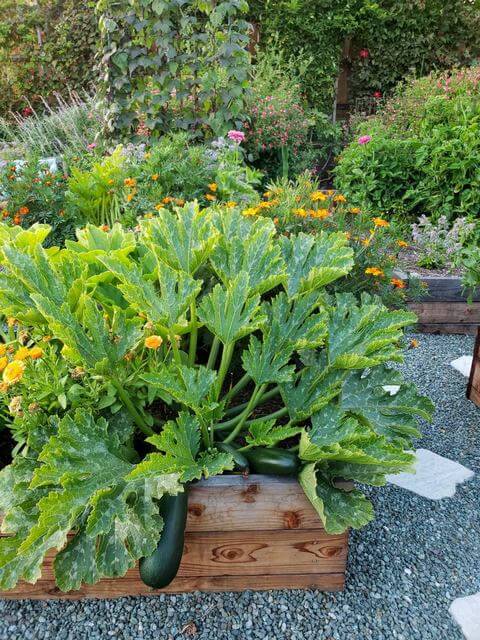
Image source: Homestead and Chill
Zucchini thrives in the loose, well-draining soil of raised beds and produces heavily with minimal fuss. These fast-growing plants need warm soil and space to sprawl or climb.
Start from seed directly in the bed once the frost has passed. Create small hills or mounds of soil and sow 2–3 seeds per mound. Add a trellis if you’re short on space or want neater vines.
#2. Bok Choy
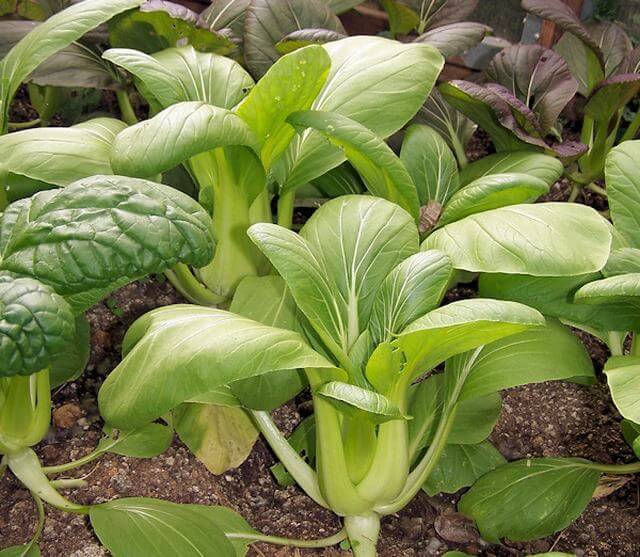
Image source: Happyacres
With its tender, spoon-shaped leaves, Bok Choy is both beautiful and nutritious. It prefers cooler seasons and partial shade, making it a smart pick for spring or fall raised beds.
Start seeds indoors, then transplant outside when the danger of frost is gone. Plant in a shaded area or tuck it between taller crops for natural protection. Keep the soil evenly moist for the best flavor.
#3. Cucumbers
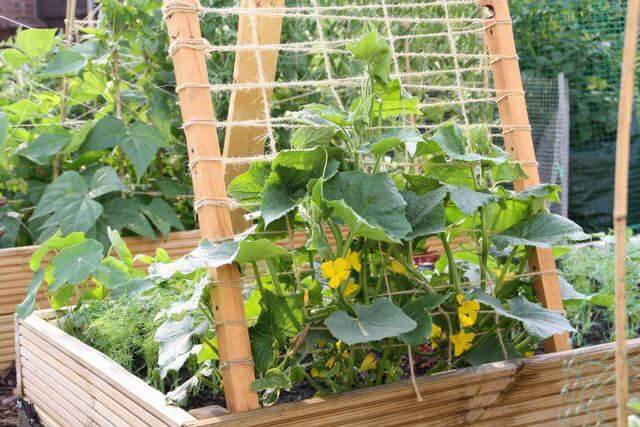
Image source: Growwithhema
Crisp cucumbers love the heat and loose soil that raised beds provide. They grow fast and will climb happily if given support. Sow seeds directly or use seedlings once the weather warms.
Set up a trellis or cage to encourage upward growth and avoid rot. Keep the soil moist and avoid planting near tomatoes or sage, which are poor companions.
#4. Tomatoes
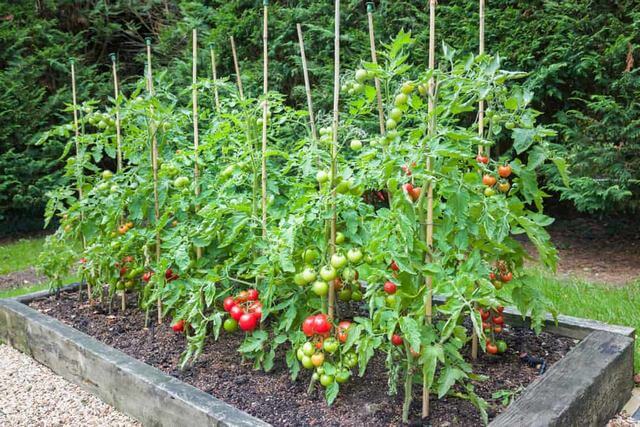
Image source: Tomatobible
Tomatoes and raised beds are a match made in gardening heaven. They love warmth, deep soil, and good air circulation—all of which raised beds offer.
Choose determinate or indeterminate varieties depending on your space. Transplant once nighttime temperatures stay above 50°F. Stake or cage each plant, and water deeply at the base every day to prevent disease.
#5. Radishes
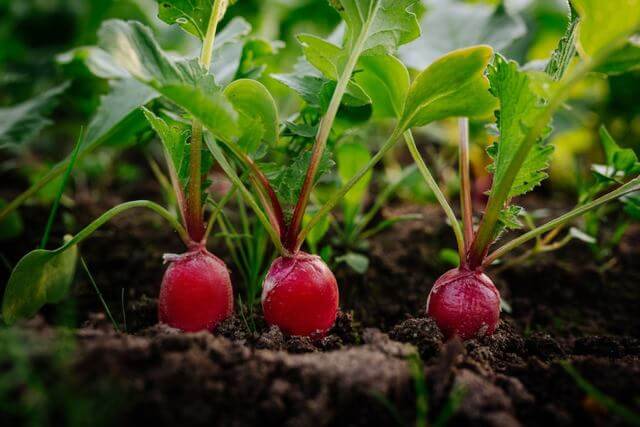
Image source: Masterclass
Radishes are a quick-win crop, ideal for impatient or new gardeners. They mature in just 3–4 weeks and love the soft soil of raised beds. Sow the seeds directly, about half an inch deep.
Sprinkle soil gently over the top and water daily to keep the bed moist. Harvest as soon as the shoulders peek through the soil.
#6. Summer Squash
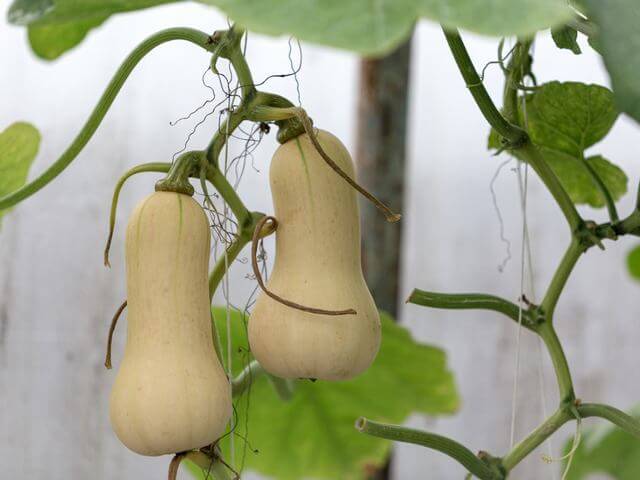
Image source: Gardeningknowhow
Summer squash thrives in raised beds thanks to the excellent airflow and soil warmth. You’ll enjoy better yields and fewer problems with mildew or bugs.
Start from seed or transplant once soil temperatures rise. Use a trellis or let them sprawl naturally in larger beds. Mulch around the base to keep the moisture consistent.
#7. Kale
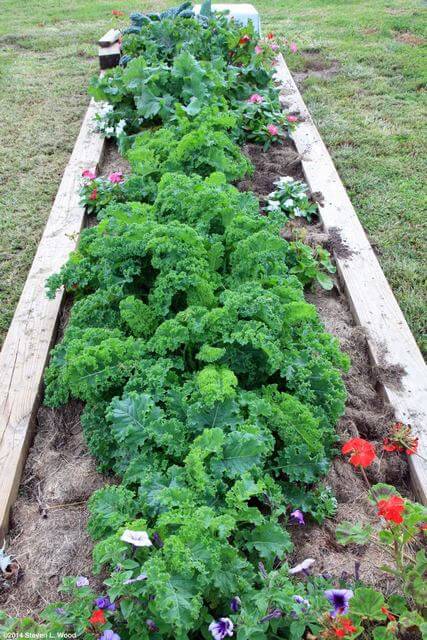
Image source: Senior-gardening
Kale is as hardy as it is healthy. It doesn’t need much space and grows well even in cooler months. Sow seeds directly or start indoors and transplant to your raised bed.
Place it in full sun to partial shade, and water often to keep the soil damp. Cut outer leaves first to encourage new growth through the season.
#8. Celery
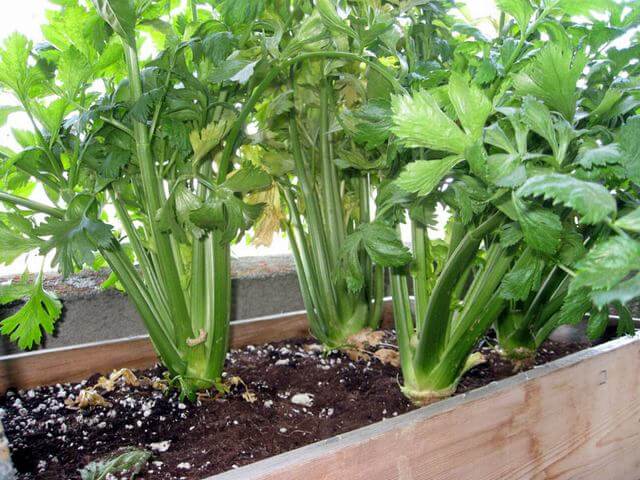
Image source: Mybalconyjungle
Celery can be a bit finicky in the ground, but raised beds offer the perfect growing conditions. This veggie loves nutrient-rich, moist soil. Start with seedlings or transplants for better success.
Give each plant plenty of space, about 6–8 inches apart. Feed with organic fertilizer monthly to support its slow, steady growth.
#9. Swiss Chard
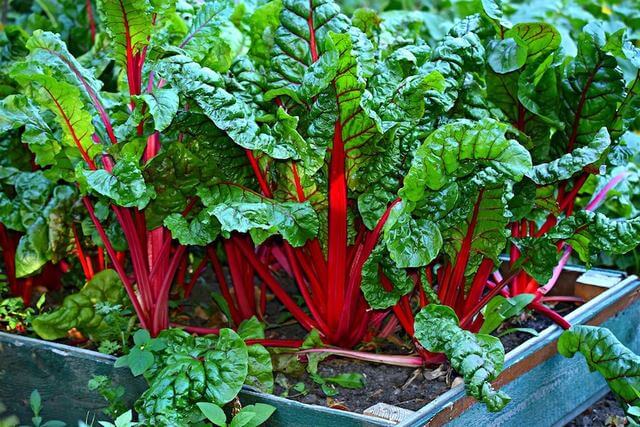
Image source: Gardenseason
Swiss chard brings bold color and flavor to your garden and your plate. It grows best in sunny raised beds but will tolerate some afternoon shade in hot climates.
Sow seeds directly in rows, spacing them about 8 inches apart. Keep the soil damp and mulch to hold in moisture. Harvest outer leaves as needed, and it’ll keep producing for months.
#10. Peas
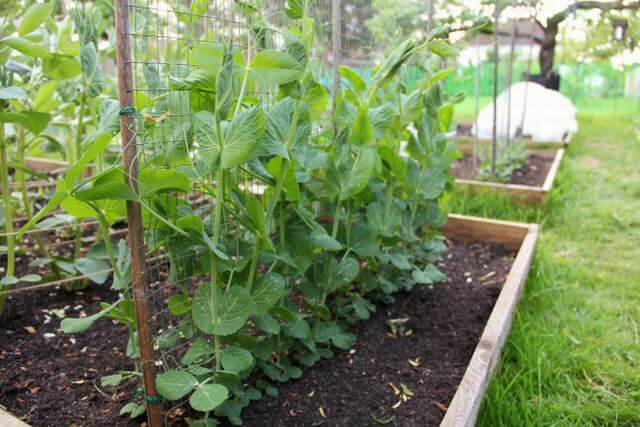
Image source: Thegardensmallholder
Sweet, tender peas flourish in raised beds with cooler spring temperatures and light, airy soil. They don’t like hot weather, so plant early for the best results.
Soak seeds overnight to speed up germination, then plant directly into the bed. Provide a trellis or stakes for climbing varieties. Keep the soil evenly moist and avoid over-fertilizing.
